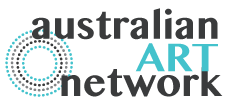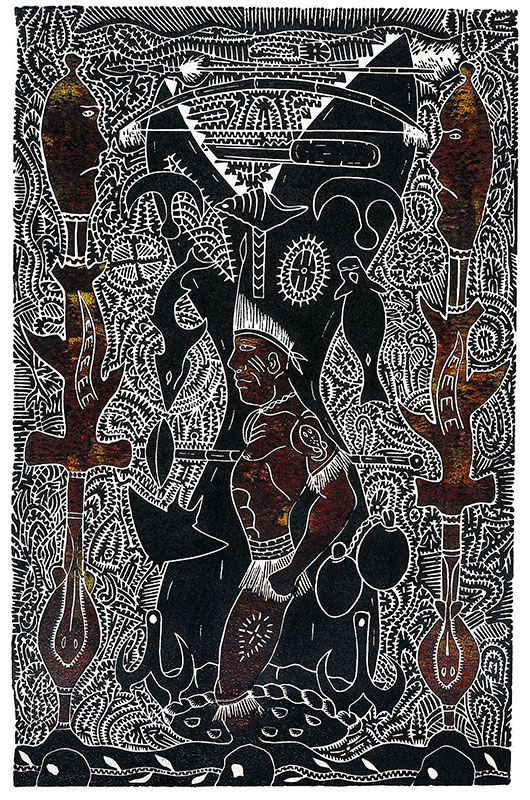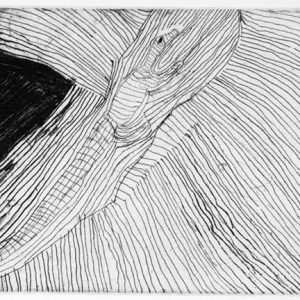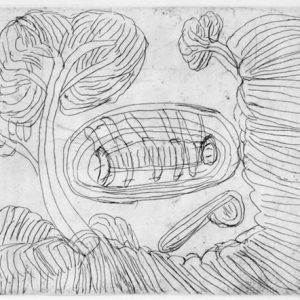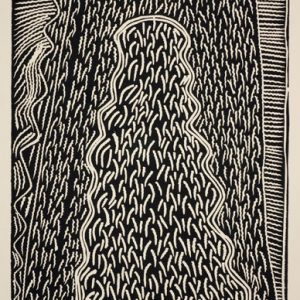Description
Head hunting was a pivotal, social, ritual and economic activity throughout the Torres Strait. Heads that were acquired through warfare were used for trading for a variety of items and purposes between Cape York Aborigines, Torres Strait Islanders and the neighbouring river and coastal villagers of Papua New Guinea. Before going on a head hunting raid, Torres Strait warriors created totemic descriptions and gave their cult heroes, both the divine and supernatural, a visible form, evoking the presence of their ancestors and totems by participating in a ritual ceremonial dance. The performance was conducted in the clans sacred meeting place called Kwod. (Kwod is a Kalau Lagaw ya term used by the Western Islanders of Torres Strait for sacred meeting place.) There was an element of the supernatural in all ritual objects used during the ceremonies, not only representing religious power but also containing it. They believed that by practising their kinship, ancestral and religious beliefs and performing the dances they were able to live in close relationship with their totems. This would also give them a feeling of security and protection as well as ongoing self assurance in their achievements in warfare. The Kuiku mabaigal (elders) passed on their skills and weapons to the young warriors (Elders) during their initiation period which lasted several months. This special activity was conducted in the tribe’s kwod (sacred place) where all the warriors were put on a strict diet and learnt all the magical powers, traditional laws, hunting methods and ritual ceremonial dances believed to be given to them by their totems. In close combat, the warriors carried the Gabagaba (stone headed club) together with their Upi (beheaded knife of bamboo) and their singi (head carrier). The Upi was an efficient tool and could be sharpened after each use. Warriors were skilled with its use, swiftly taking a head and placing it on their singi while fighting continued. Gaggai (Bow made from bamboo) were usually made in the islands but the arrows that were made for certain purposes were traded from New Guinea. While returning from their raids, in their large sea-going canoe, a warrior would blow on his Buu (trumpet shell) indicating the number of heads on their Singi. After each success in battle, war dance celebrations were held when each warrior as a dancer displayed the heads that had recently been gathered.
